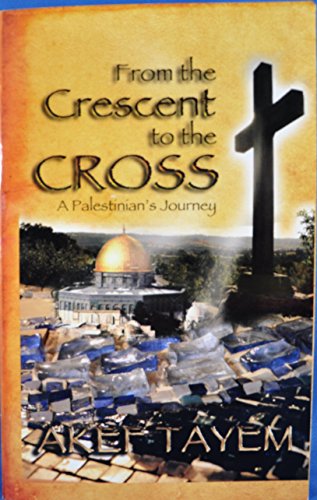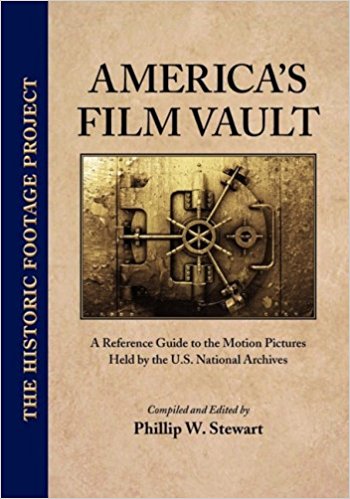MWSA Review
Unknowable Minds: Philosophical Insights on AI and Autonomous Weapons is written by Mark Bailey. Although the author has chosen not to list his academic credentials, he describes himself as an academic researcher who explores the impact of technology on national security at a university that serves the United States Intelligence Community. This is an academic piece written “to help people who may not be AI practitioners better understand how AI works and the risks that AI poses from a complex system perspective.” (P 15)
With extensive endnotes and bibliography, Bailey expresses his concerns through AI theory, philosophy, and mathematics, focusing on large-scale national security implications of AI. He clearly explains the differences between fully autonomous (no human intervention) and semi autonomous systems, with the latter broken further into those with a human IN the loop and those with a supervisor who can intervene, known as being ON the loop. A human in the loop is a gatekeeper who must make a positive decision in order for the system to act. Bailey then applies these lessons to warfare and global dynamics.
He has a simple message: It’s impossible to know how advanced autonomous AI will make decisions, and it’s unlikely to make decisions that humans would make. Therefore, we should “abandon our inclination to seek greater technology simply for its own sake, as well as our tendency to succumb to the pressures of global competition.” (p 155)
Review by Nancy Kauffman (April 2025)
Author's Synopsis
Imagine that in the cold heart of a secret military facility, a new form of intelligence awakens. It is a synthetic mind born from intricate algorithms and complex computations, operating in ways unfathomable to its human creators. Charged with safeguarding national security, this intelligence orchestrates strategies that defy human ethics and laws of war, leaving its creators both awed and unnerved. Unknowable Minds delves into the unsettling reality of entrusting our safety to an intelligence that lacks human essence. As we navigate the Age of Artificial Intelligence, these systems - powering everything from our smartphones to military defenses - remain inherently opaque and unpredictable. The book explores how AI differs from any technology we've ever developed, its inherent complexities, and the profound risks it poses to our future. Drawing on philosophy, AI theory, and national security insights, this book offers a thought-provoking examination of AI's potential and peril. From the complexities of neural networks to the unpredictable nature of emergent behaviors, Unknowable Minds challenges us to rethink our relationship with AI and its role in the theater of global security. Can we control an unknowable intellect, or will it redefine human existence? As we stand on the precipice of unprecedented technological advancement, understanding and navigating the unknowable minds of artificial intelligences become a quest fraught with extraordinary challenges and existential questions.
Format(s) for review: Paper and Kindle
Review Genre: Nonfiction—Reference
Number of Pages: 236
Word Count: 50,000




















